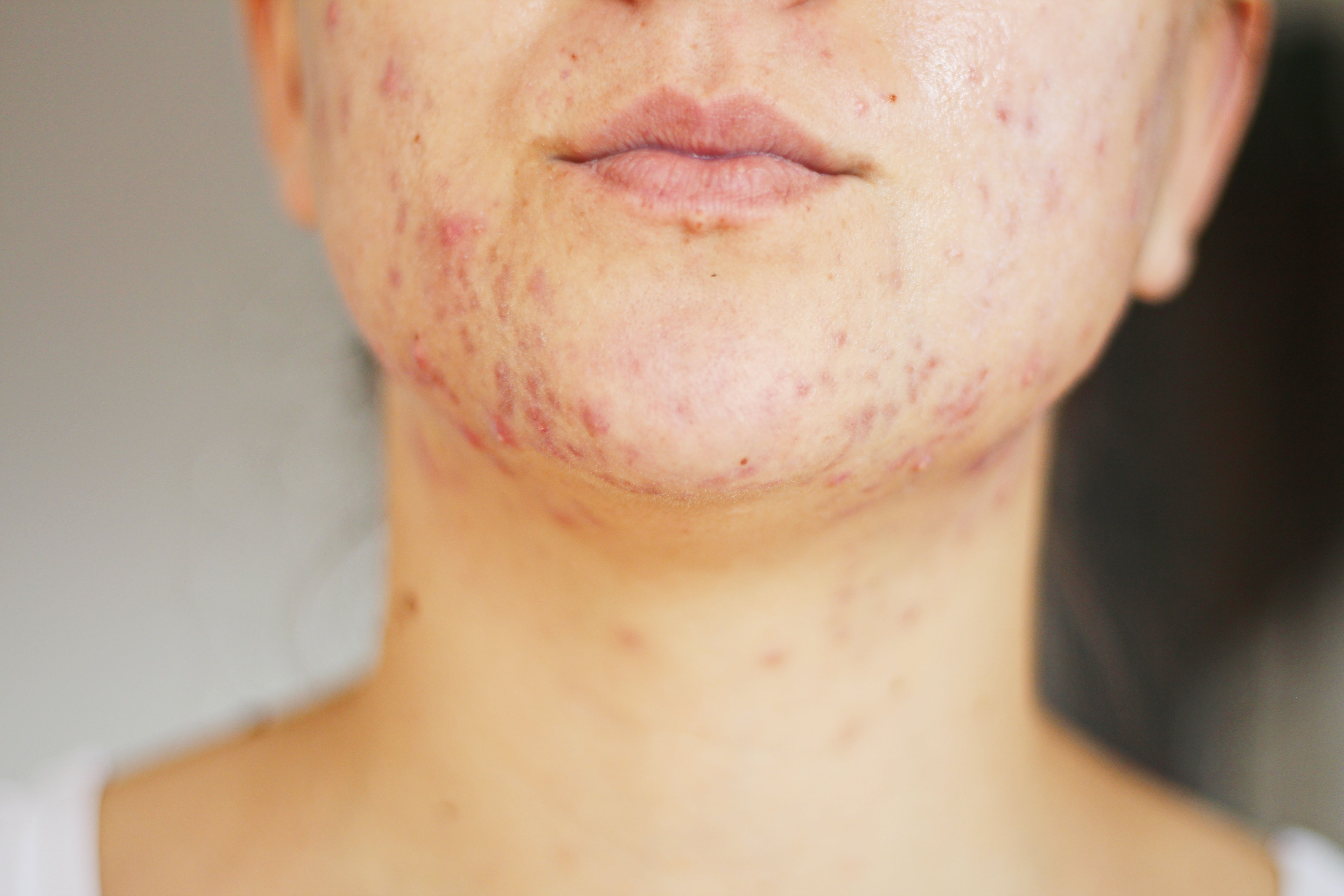- Acne
- Actinic Keratosis
- Aesthetics
- Alopecia
- Atopic Dermatitis
- Buy-and-Bill
- COVID-19
- Case-Based Roundtable
- Chronic Hand Eczema
- Chronic Spontaneous Urticaria
- Drug Watch
- Eczema
- General Dermatology
- Hidradenitis Suppurativa
- Melasma
- NP and PA
- Pediatric Dermatology
- Pigmentary Disorders
- Practice Management
- Precision Medicine and Biologics
- Prurigo Nodularis
- Psoriasis
- Psoriatic Arthritis
- Rare Disease
- Rosacea
- Skin Cancer
- Vitiligo
- Wound Care
Article
Compound Glycyrrhizin Injections More Efficacious in Acne Than Clindamycin
Author(s):
Researchers said using the injections and mesotherapy in patients with acne more effectively treated their acne.
When compared to a traditional clindamycin gel, a combination of mesotherapy and compound glycyrrhizin injections more effectively cleared acne in patients with moderate-to-severe acne.
Mirnes/AdobeStock

In a recent study,1 researchers sought to determine the efficacy of mesoderm introduction of compound glycyrrhizin in patients with acne.
108 patients with moderate-to-severe cases of acne provided written consent to participate. Patients were eligible for participation if they met diagnostic criteria for acne, met Pillsbury-modified acne grade criteria of ii-iv, had lesions primarily affecting the face, and were above the age of 18.
Prospective participants were excluded if they met certain criteria, including having grade I disease, facial allergic dermatitis, photosensitivity, exogenous acne, and more.
Upon selection and after providing consent to participant, researchers randomly assigned participants to control and observation groups. Members of the control group were treated with pyromycin gel. Participants in the observation, or research, group were treated with a combination external clindamycin gel and mid-layer therapy. Researchers used a 0.5 mm roller microneedle to stimulate the skin and import a compound licorzide injection.
Control participants applied a topical clindamycin phosphate gel on a twice-daily basis: once in the morning and once in the evening. Observation/research participants underwent mesotherapy via a compound glycyrrhizin injection on a once-weekly basis.
Throughout the duration of the 8-week study period, researchers accounted and analyzed several variables, including skin transepidermal water loss, cuticle water content, inflammatory cytokines, and acne severity. Additionally, they conducted a statistical analysis evaluating clinical efficacy, incidence of adverse reactions, and participant satisfaction with results.
Researchers divided treatment outcomes into 4 modalities:
- Cure: Reduction of lesion area by greater than or equal to 90%
- Significant effect: Reduction of lesion area by 60% to 89%
- Effective: Reduction of lesion area by 30% to 59%
- Invalid: Reduction of lesion area by less than or equal to 29%
After the 8 week study period, 38.9% of observation group participants met cure or recovery criteria, whereas control group participants met cure criteria at a rate of 20.4%. Furthermore, treatment was effective in 35.2% of observation group participants as opposed to 25.9% of control group participants. 14.8% of control group participants’ treatment responses were deemed invalid or ineffective, whereas 5.5% of observation group participants met the same outcome criteria.
In terms of acne severity scoring, participants among the observation group experienced greater decreases at each 4-week interval, including baseline measurement, than their control group counterparts. Transepidermal water loss and inflammatory response also decreased more significantly in observation group participants, and corneum water content increased more significantly among the same group when comparing pre- and post- treatment scoring.
Researchers also found that among participants who had experienced adverse reactions, members of the control group more frequently experienced reactions. These included pigmentation, scar hypertrophy, pruritus, and causalgia.
“Our study demonstrates that the introduction of compound glycyrrhizin deep into the dermis or deeper subcutaneously via mesotherapy can act as a protective skin barrier and inhibit skin water loss compared with traditional clindamycin treatment,” study authors wrote. “Our acting has also shown that compound glycyrrhizin injection-mesotherapy, is more effective in suppressing inflammation in acne patients with fewer side effects.”
Reference
- Chen Y, Han W, Li S, et al. Effects of Mesotherapy introduction of compound glycyrrhizin injection on the treatment of moderate to severe acne. Journ Cosm Dermatol. 2023. doi:10.1111/jocd.15681
Newsletter
Like what you’re reading? Subscribe to Dermatology Times for weekly updates on therapies, innovations, and real-world practice tips.











